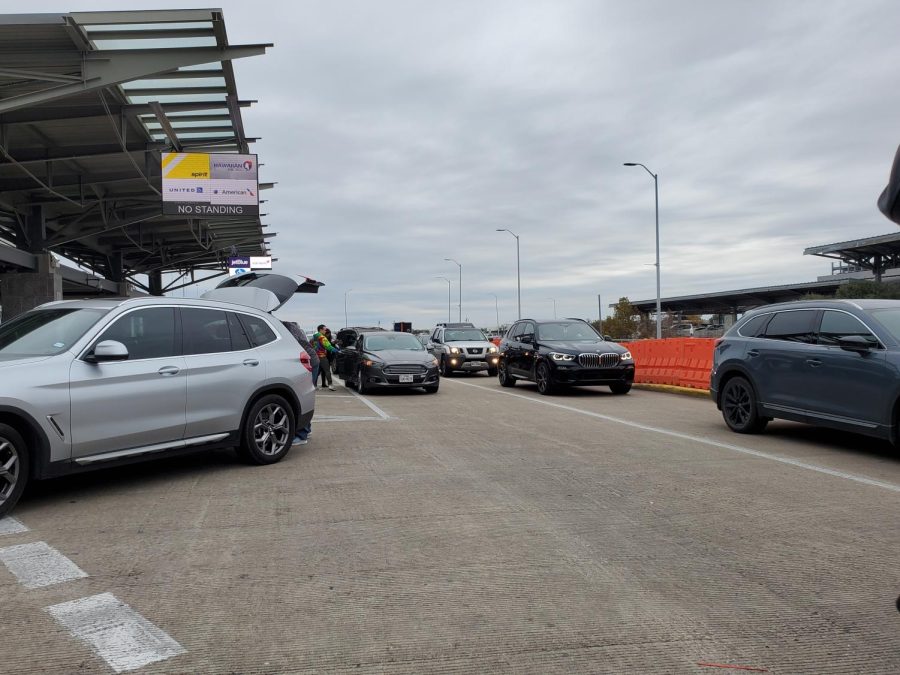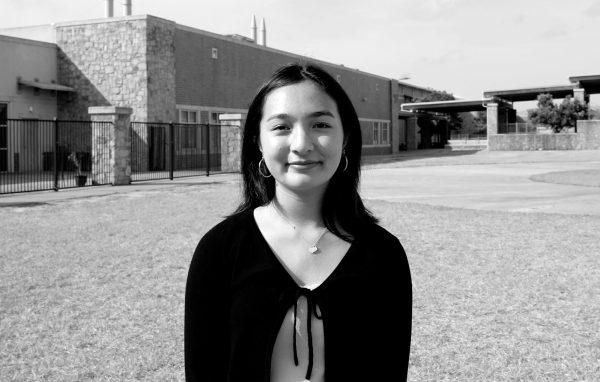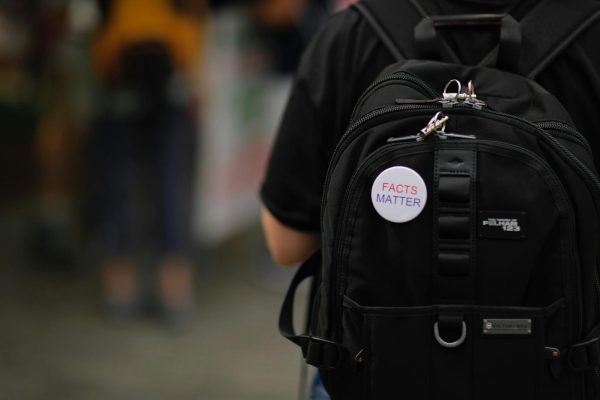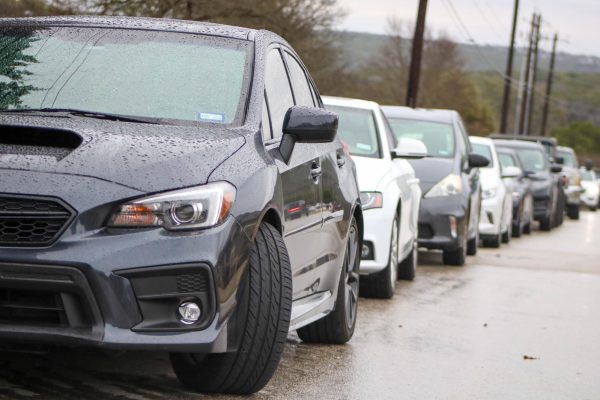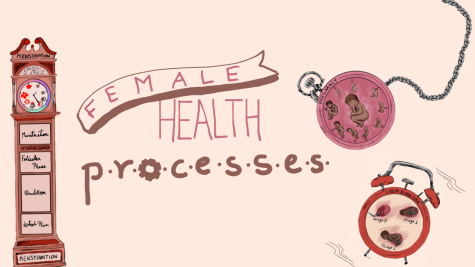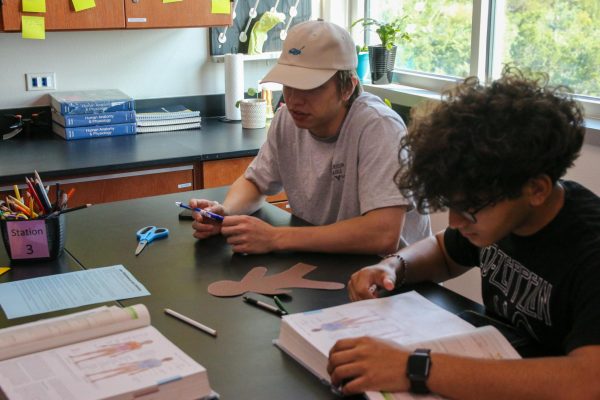Light years behind
Traffic at the drop-off street at Austin-Bergstrom Airport. New light rail plans would aid in the reduction of traffic at the airport.
December 18, 2022
How many times are Austin citizens stuck twiddling their thumbs on the highway morning traffic for sometimes hours at a time? Probably too many times to count. Sitting in traffic is an everyday ritual in Austinite’s lives–a grim reality.
Whilst cars being jammed bumper to bumper in the street isn’t necessarily a profound discovery, Austin finds itself having astronomically larger amounts of cars and traffic compared to other cities. In fact, a study conducted in 2016 showed that only 6.9% of residents don’t own vehicles–a confusing number, considering that nearly one million live in the metro area and would be perfect candidates for public transportation. Sure, all cities struggle with traffic management in relation to rapid growth, but Austin has grown to be the 14th most congested city in the U.S, and citizens should be worried not just for the sake of time, but for the sake of the environment.
The leading cause of global warming is the use of fossil fuels–a.k.a coal, oil, and natural gas. During stop and go traffic, cars waste fuel and produce emissions and pollutants into the atmosphere. Electric vehicles unfortunately make up only a mere 2% of vehicles registered in Austin, meaning that the cars seen on the street are likely contributing to these emissions.
In addition to this, the sheer amount of cars in Austin also widely affects the environment. Proportionately far more people in Austin own cars compared to other cities such as New York or Jersey City. This means that Austin, as a whole, is contributing to carbon emissions at a far more rapid pace. The human concentration per mile in Austin is dramatically increasing, slowly closing the gaps in what types of transportation should be favored. Additionally, with the constant influx of new residents, the amount of cars in Austin is not going to decrease any time soon.
So the question remains: how will this be fixed to create a more sustainable option for the future of Austin? Well, the obvious solution would be to popularize the use of public transportation. Currently the city of Austin has routes that are reliant on Capital Metro, that are scattered throughout the central area of the city. Although the public transportation in the central areas of the city, such as the downtown and the university areas, are plentiful by bus; residents living on the outskirts and suburbs of Travis County are forced to utilize their own private vehicles.
Austin’s public transportation needs to be reformed and reevaluated, which has been proposed by city sustainability councils as the “light rail” plans. These plans would essentially build Austin its first subway system, connecting all the way from the Austin-Bergstrom Airport, to Republic Square Park. These plans would not only help the reduction of cars and toxic traffic in Austin, but would also further connect residents of the city in a safe and clean way.
Other large metropolitan areas, such as Boston and Chicago, have employed systems similar to the light rail plans for decades. Nearly 800,000 residents in Chicago ride their “L” system, daily. Despite the fact that these cities can be considered car-centered, they split the transportation of their citizens down the middle, with half of them riding public transportation, and the other half relying on personal vehicles.
This is a necessity in Austin in order to not only minimize traffic congestion, but also aid in the reduction of vehicle collisions. This year, there have already been 108 deaths caused by fatal car crashes in Austin–a number that could be decreased significantly if residents utilized a transportation system that could forgo hectic highways and crowded streets.
Ultimately, Austin is an amazing city with so much potential to be a leader in sustainable transportation. However, it’s time to take action towards this potential, and change Austin for the better.



